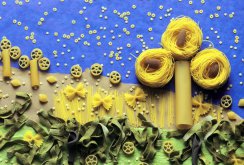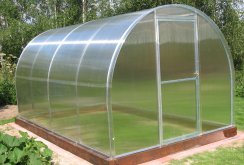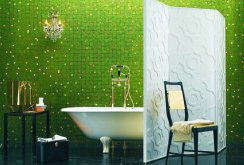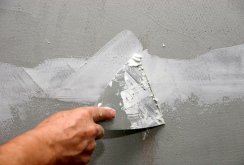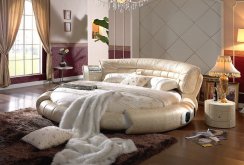Skirting board: a variety of choices
The skirting board is used to close expansion joints between the floor covering and the wall, giving the interior completeness. Manufacturers offer various options for these components both in terms of stylistic performance and functional characteristics. This allows you to choose a material that will perform not only a decorative role, but also a number of practical functions.What is the baseboard made of?
The catalog of most major suppliers of finishing materials contains skirting boards made from a wide variety of materials. The following types are most demanded:- wooden - are produced on woodworking machines from solid wood of such species as pine, spruce, linden, aspen, oak, beech, merbau;
- plastic - made of PVC, have a wide range of both in shape and color, have an affordable price and are characterized by good water resistance;
- polyurethane - have a higher cost than PVC skirting boards, but differ in good flexibility and durability, impact resistance and resistance to moisture;
- MDF skirting boards - attractive at an affordable price, ideal for MDF wall panels;
- laminate skirting boards - produced by manufacturers of popular flooring, using the same raw materials as for the production of laminate;
- ceramic - strips of ceramic tiles, are water resistant, impact resistant;
- metal - made of corrosion resistant alloys, stainless steel, used in industrial buildings, rooms with high humidity.
How to fix the baseboard?
One of the most important characteristics of comparing a skirting board is the method of fastening. According to this parameter, the material is divided into the following categories:- glue - is fixed with mounting glue or “liquid nails”;
- with hidden fasteners - installation is carried out through an open cable channel, the most commonly used dowel-pairs;
- with clips - clips are used that are mounted on the wall, after which the baseboard is put on and snapped onto them;
- fastening with nails - finishing nails are used, with which the baseboard pierces through and fastens to the floor or wall.
Flexible or rigid skirting
One of the classifications of the material is based on the degree of flexibility of the skirting board; the following types of products are distinguished:- hard - made of wood, metal, ceramics;
- medium hardness - a plinth made of thin-walled plastic, polyurethane;
- flexible baseboard - made of PVC, used to design columns and rooms of complex shape.
Shape matters
In the assortment of manufacturers skirting boards with the following profile type:- flat - the simplest kind of baseboard, the most characteristic of ceramic products, but is also available in wood, MDF, laminate;
- semicircular - the plinth, original in its design, which does not differ in high demand, is made of wood and ceramics;
- L-shaped - a simple and practical baseboard, the most relevant for public and industrial premises;
- curly - the profile can have a multi-stage complex shape, cutouts of different depths and widths give the product an original look that easily fits into a variety of interior styles.
Skirting Width
The simplest classification according to the width of the base of the baseboard:- narrow - with a base of 20-30 mm, used for small rooms in which the floor covering is laid with a compensation gap of 10-15 mm;
- wide - with a base of more than 40 mm, used to close slots more than 15-20 mm.
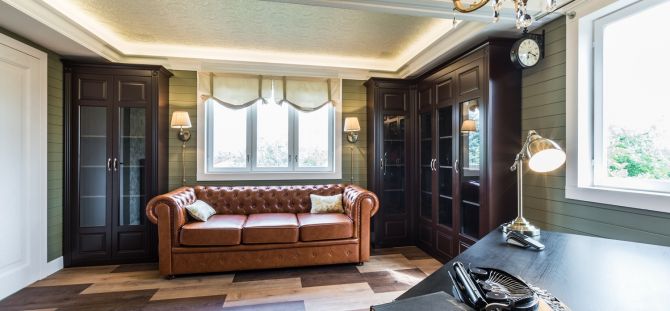
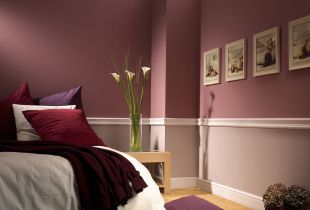 Interior moldings (59 photos): decorative design of the apartment
Interior moldings (59 photos): decorative design of the apartment